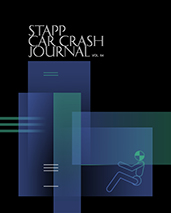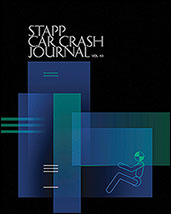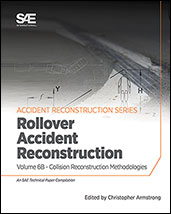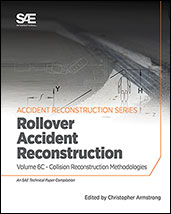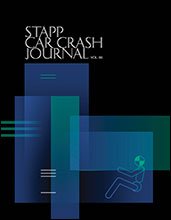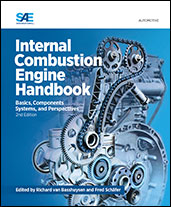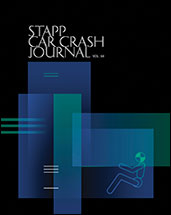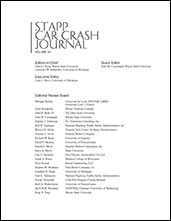Book

Stapp Car Crash Journal
2024-06-28
This title includes the technical papers developed for the 2023 Stapp Car Crash Conference, the premier forum for the presentation of research in impact biomechanics, human injury tolerance, and related fields, advancing the knowledge of land-vehicle crash injury protection. The conference provides an opportunity to participate in open discussion about the causes and mechanisms of injury, experimental methods and tools for use in impact biomechanics research, and the development of new concepts for reducing injuries and fatalities in automobile crashes.




